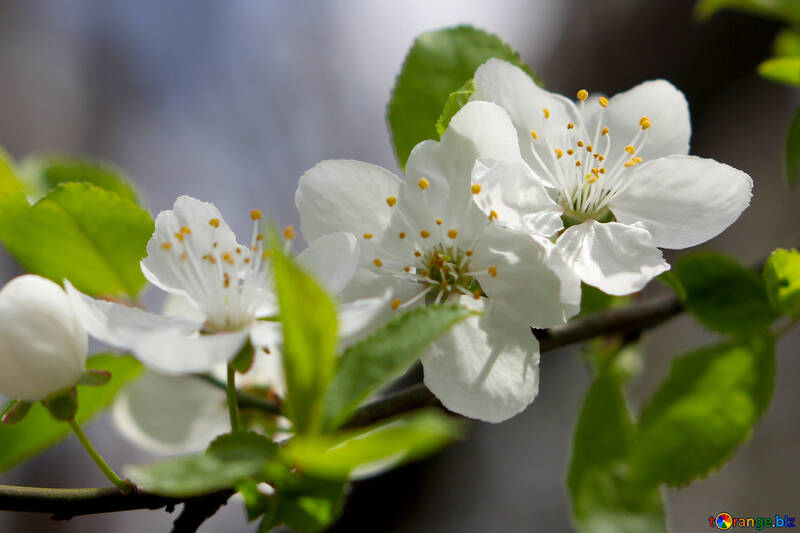Exactly What Type of Dirt Is Preferred Concerning The Various Trees
Bonsai trees are in essence miniaturized trees that are made by doing this by the powers of nature for the wild bonsai ranges, or have purposely been made this way by specific pruning of the crown and roots on a routine and continuous basis. The size of these mini trees likewise depend on the size of the container in which they are grown in as the size of their roots are continuously kept in check. Normally the plants utilized for bonsai usage are trees but most of the larger shrubs and plants can also be utilized to make bonsai plants.
Bonsai trees are undoubtedly very stunning works of art and have in lots of circumstances been controlled to resemble some animals or figures. These bonsai trees are usually classified as either outdoor bonsai trees or indoor bonsai trees. The outside bonsai range can normally stand a cold winter while the indoor bonsai trees usually come from the tropics and need to be kept in environment comparable hence their use inside. Indoor bonsai trees can be gorgeous centerpieces inside offices or houses and can easily be considered for usage as decorative art pieces.
Larger plants can be utilized for bonsai planting however there are some that are suggested or more ideal for novices merely since they grow rather quickly and do not pass away rather as quickly. These indoor bonsai trees are the schefflera, sago palms, aralias, gardenias, serissa, fukien tea, bougainvillea, bush cherry including some kinds of elms. These trees are the most ideal indoor bonsai trees for first time bonsai beginners or lovers; some other bonsai trees might be much better off being grown outdoors mostly due to a number of aspects that impact the plants in some way such as their need to shed leaves during the winter.
The indoor bonsai trees that are perfect for the inside your home are from the tropical and sub-tropical areas, so they will have more of a requirement for the early morning and afternoon sun. Making certain that they also have enough direct exposure so that they will grow gradually and evenly regardless of being grown indoors is a prime need. These particular types of indoor bonsai trees are not most likely to do so well if left exposed to the cold during winter (if grown in cold and temperate areas) considering that they stem from the tropics, and exposure to cold winter weather conditions may cause their simple deaths.
It is common understanding that the majority of indoor bonsai trees can quickly be dealt with practically in the exact same manner as many home plants, being indoor plants after all. Similarly the most typical need is to just water when the soil in the pots begins to feel dry and in addition they need to be exposed to late or early sunshine often. Using fluorescent and incandescent lights tree removal should suffice to fulfill this requirement for some indoor bonsai trees.

Bonsai need to be re-potted a minimum of every 2 years, normally around spring and during these times some maintenance actions need to be taken. Roots require to be pruned during re-potting to keep the bonsai relatively small and not permit it to grow more than it needs to. The new pot will require to have the exact same drain holes as the old one, or you can re-pot it in the old one if this is preferred. Drainage functions needs to keep the roots from water rot which prevails in potted plants.
The indoor bonsai tree itself will require pruning and pinching to keep its original shape or to the shape that is ideally required. These upkeep steps are typically done during and throughout spring seasons within the place in order to keep the trees growth under control.
